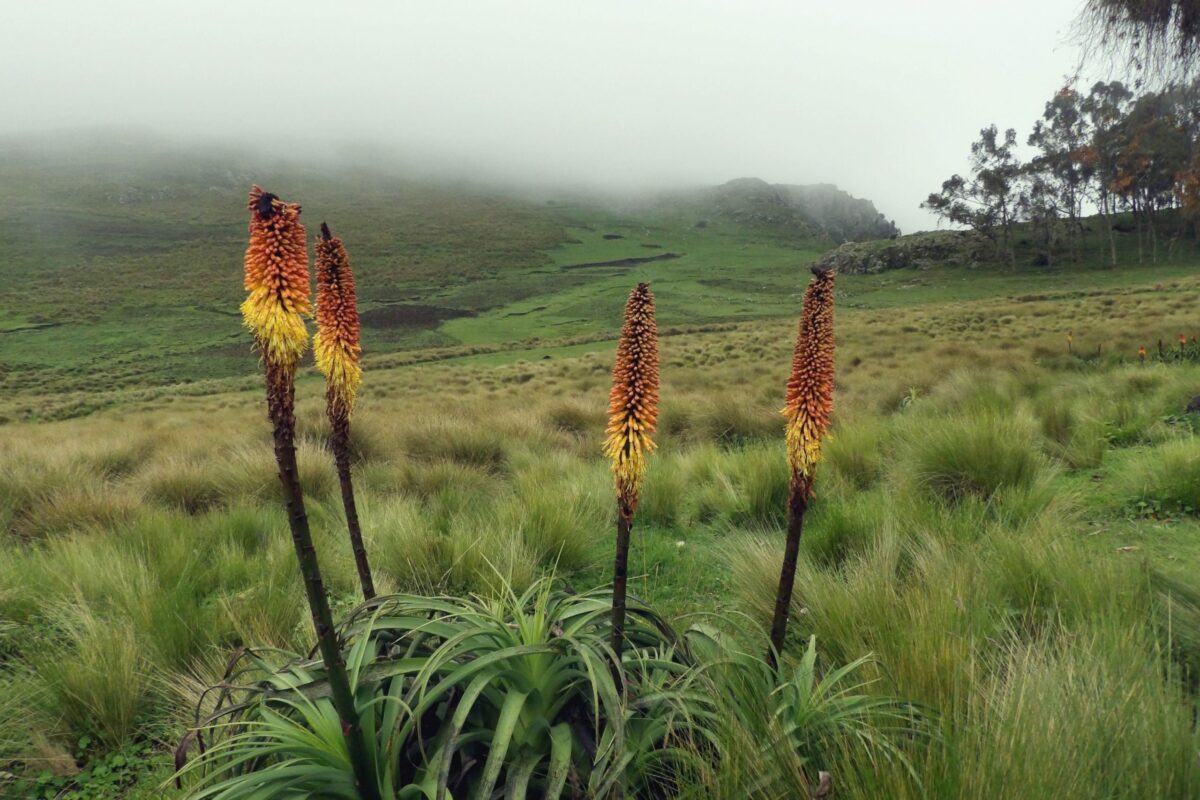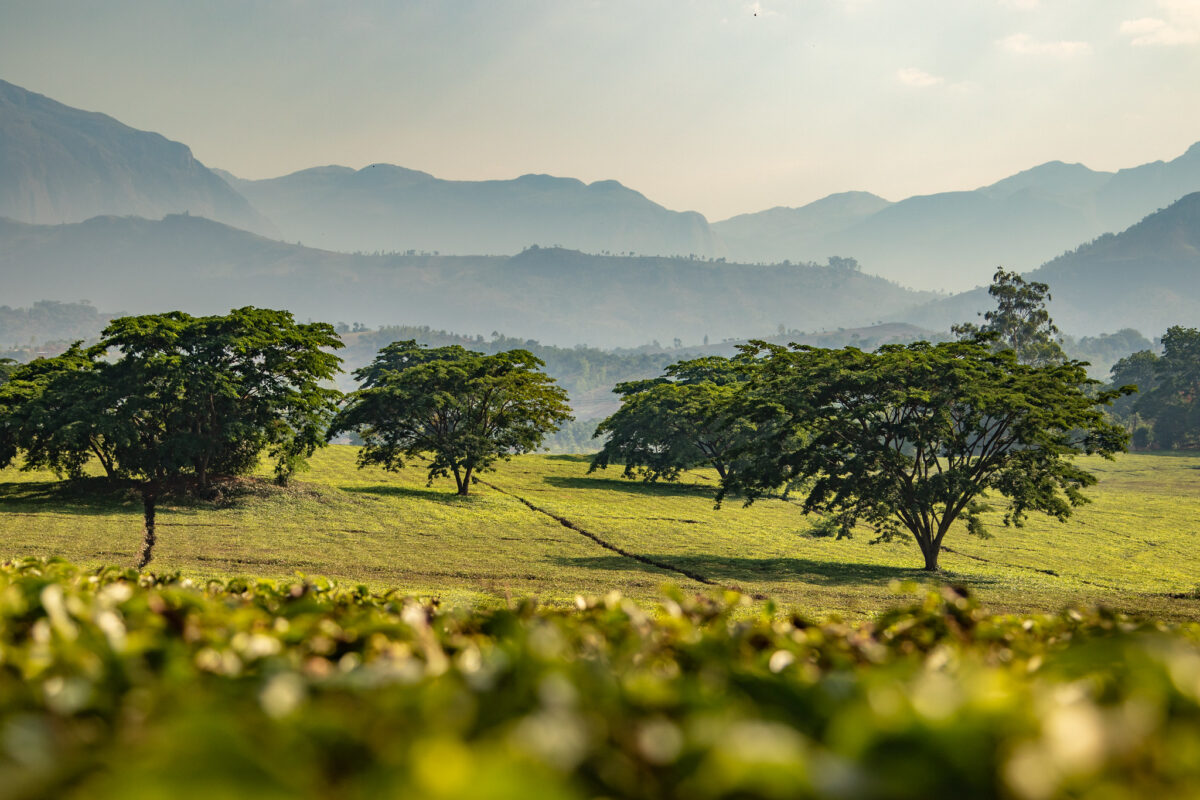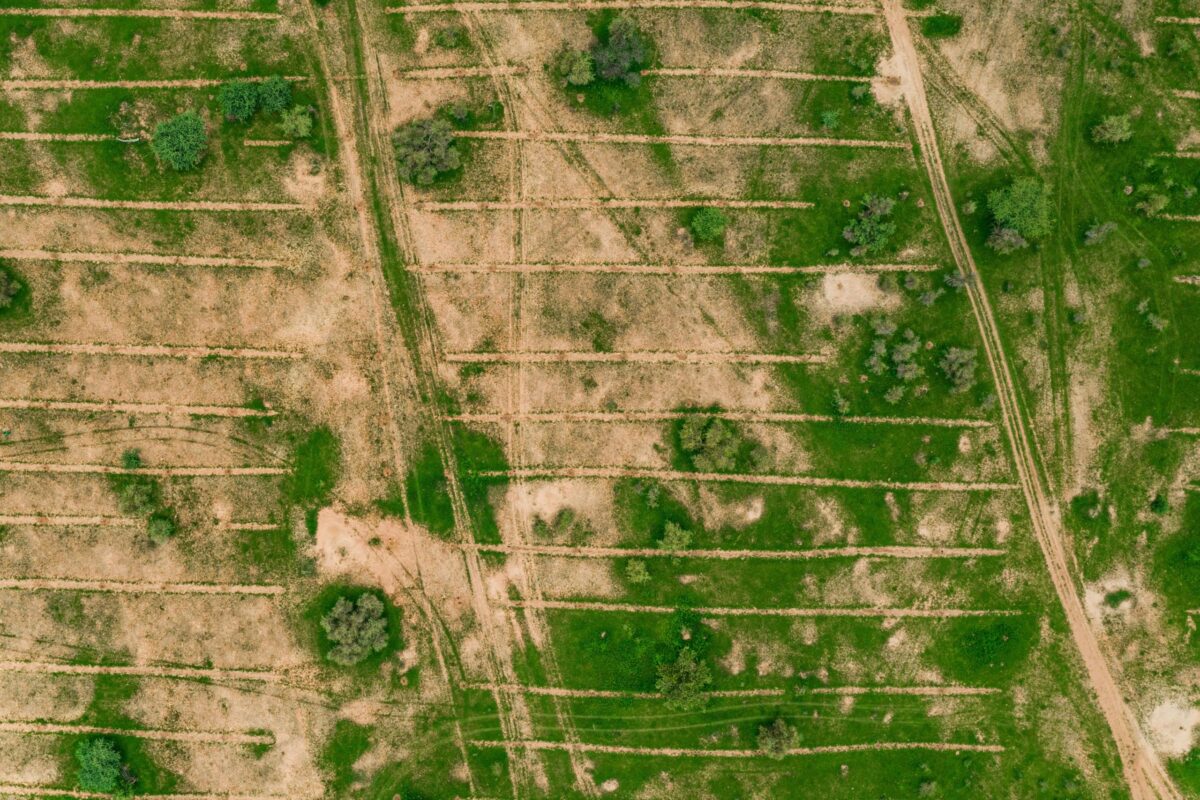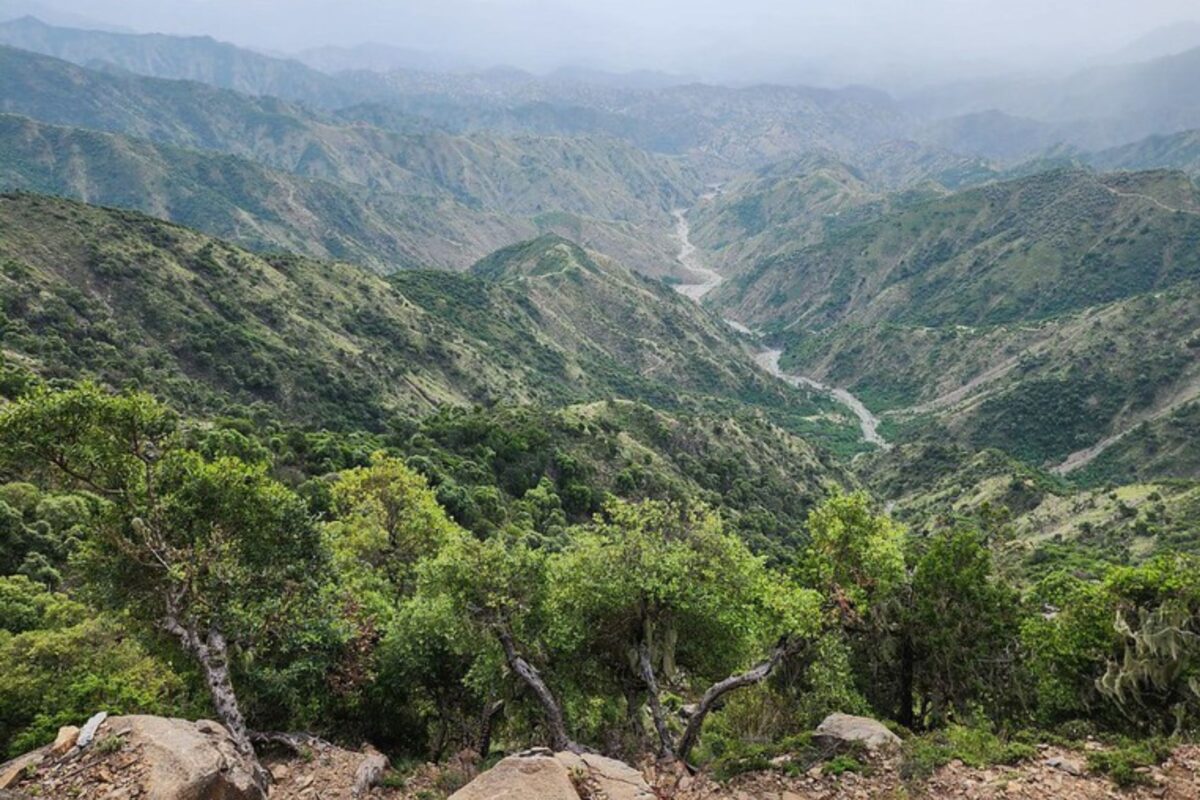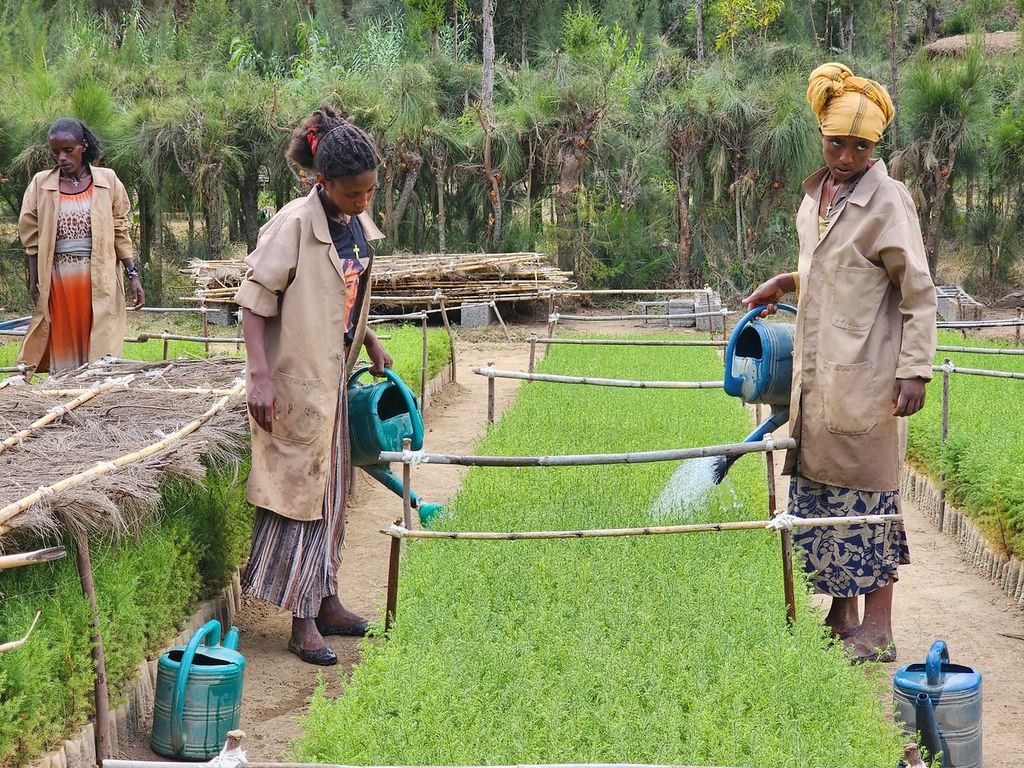Characterised by their intricate tangle of roots and their distinct adaptability to saline and brackish waters, they offer shelter and sustenance to an array of wildlife, while protecting coastlines from the relentless forces of erosion and storm surges.
It’s no wonder that Rachel Cohen, WeForest’s Research Officer, counts Rhizophora species among her favourite trees. “They’re the most iconic of all mangrove species, instantly recognisable for their tangled web of arching ‘prop’ or ‘stilt’ roots, which give them stability and help them to breathe in an intertidal environment,” she says.
“They provide crucial nursery habitats for fish and shellfish, protecting them from predators. The oysters which grow on the prop roots are an important source of food and income for local communities.
“On a personal level, I had some funny experiences trying to climb through dense Rhizophora roots and thick mud during my PhD fieldwork along the coast of Kenya. So this species holds very vivid and special memories for me!”
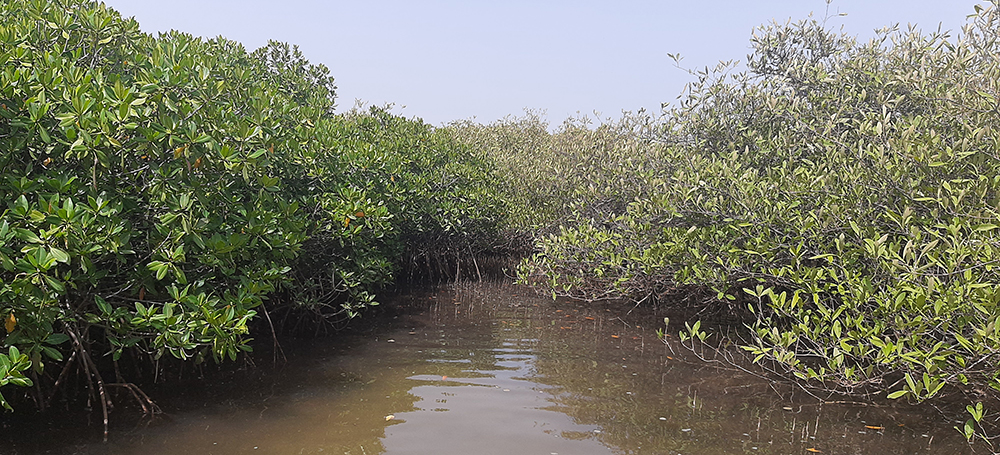
In WeForest’s mangroves projects in Senegal, Rhizophora make up 90% of the species we’re planting. The other 10% are Avicennia species. Can you see the difference (above)? Avicennia is also important to plant here in addition to Rhizophora is to strengthen biodiversity for a more resilient ecosystem.
We collect ‘propagules’ – seeds – for planting from the mature Rhizophora in the Casamance and Sine-Saloum deltas where we work. Village women sort the gathered propagules, as it’s important that only those that are mature enough are planted, to ensure that they survive and grow.
Then it’s time for planting. Planting participants are provided with a bucket to carry the propagules as they plant them. Not all land can be planted – some will be too salty or too dry. The right sites that will deliver good results have been selected in collaboration with community members (villages chiefs, mayors, and marine protected area management committees), and scientists with expertise on mangrove ecosystems.
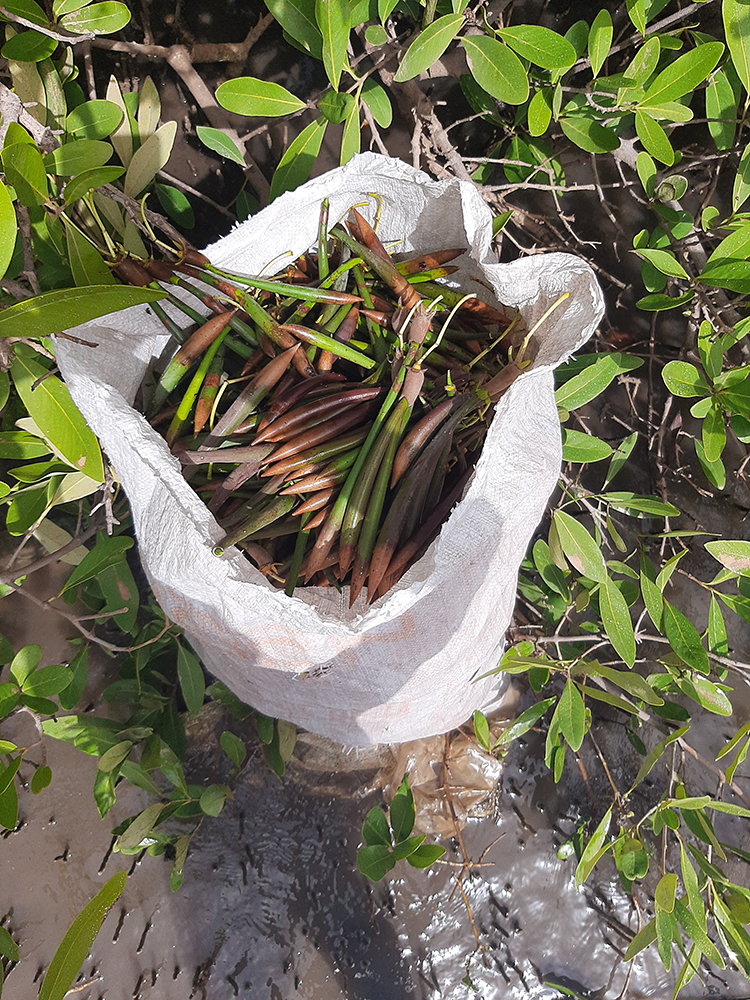
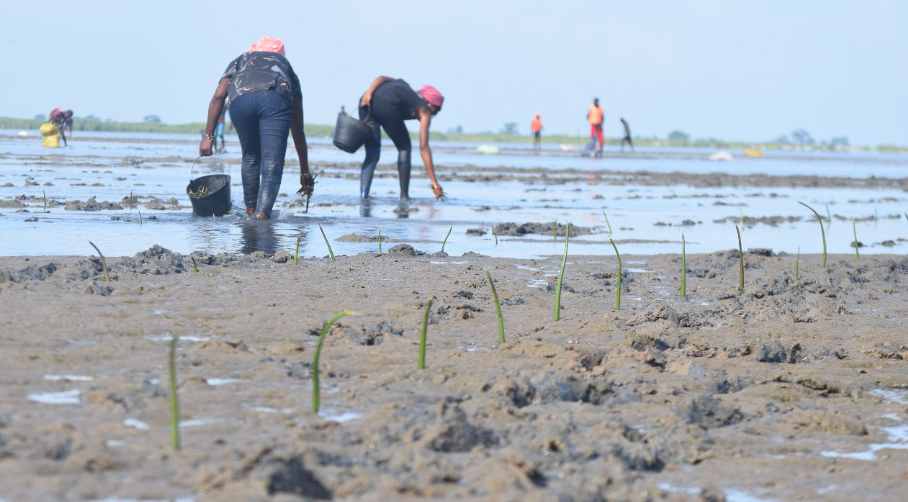
Visit our Blue Carbon programme to find out more about the work we’re doing with Oceanium and our generous funders to ensure that mangroves – and the vital role they play in preserving the fragile balance of coastal ecosystems in Senegal – return and thrive.


